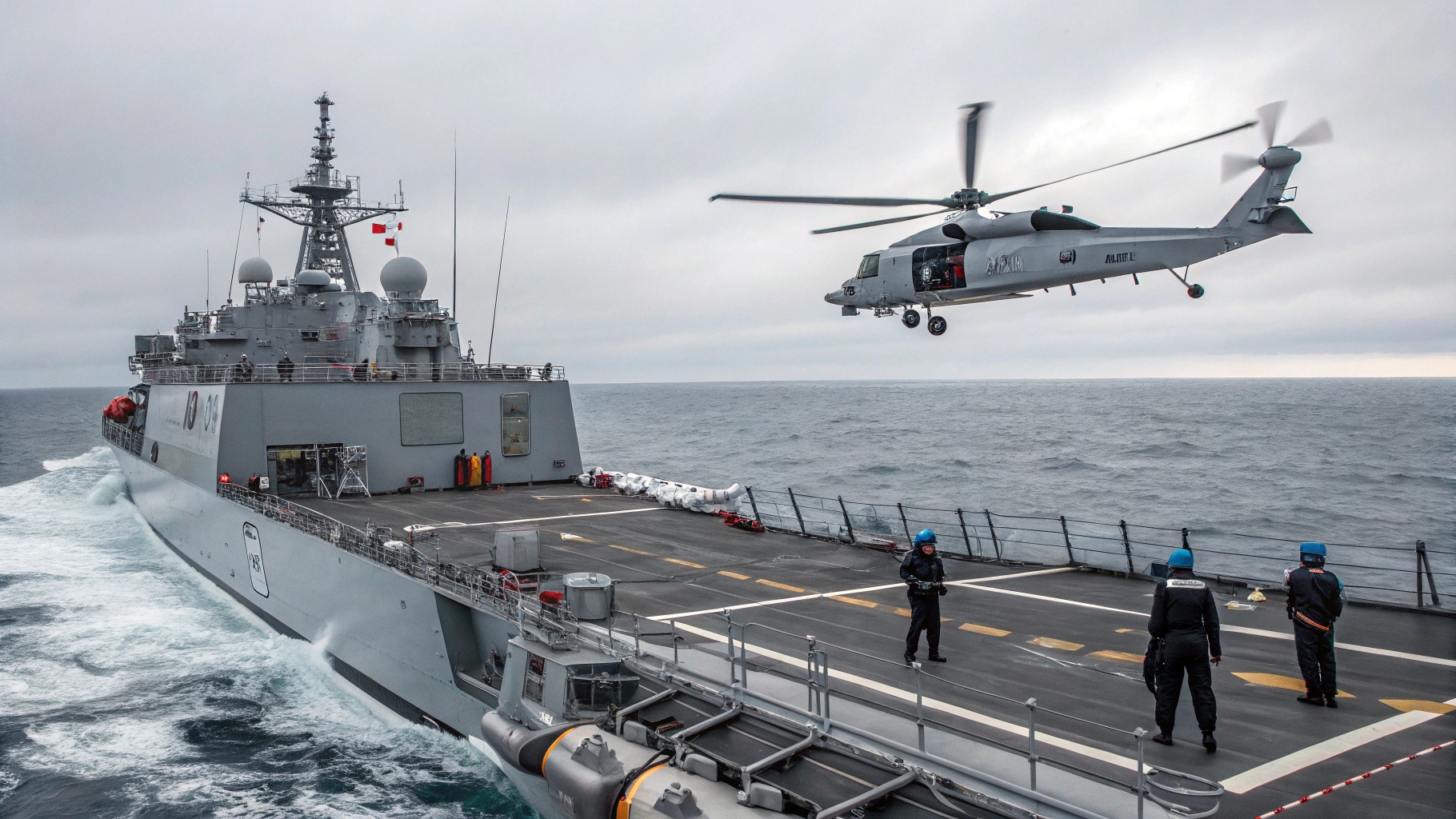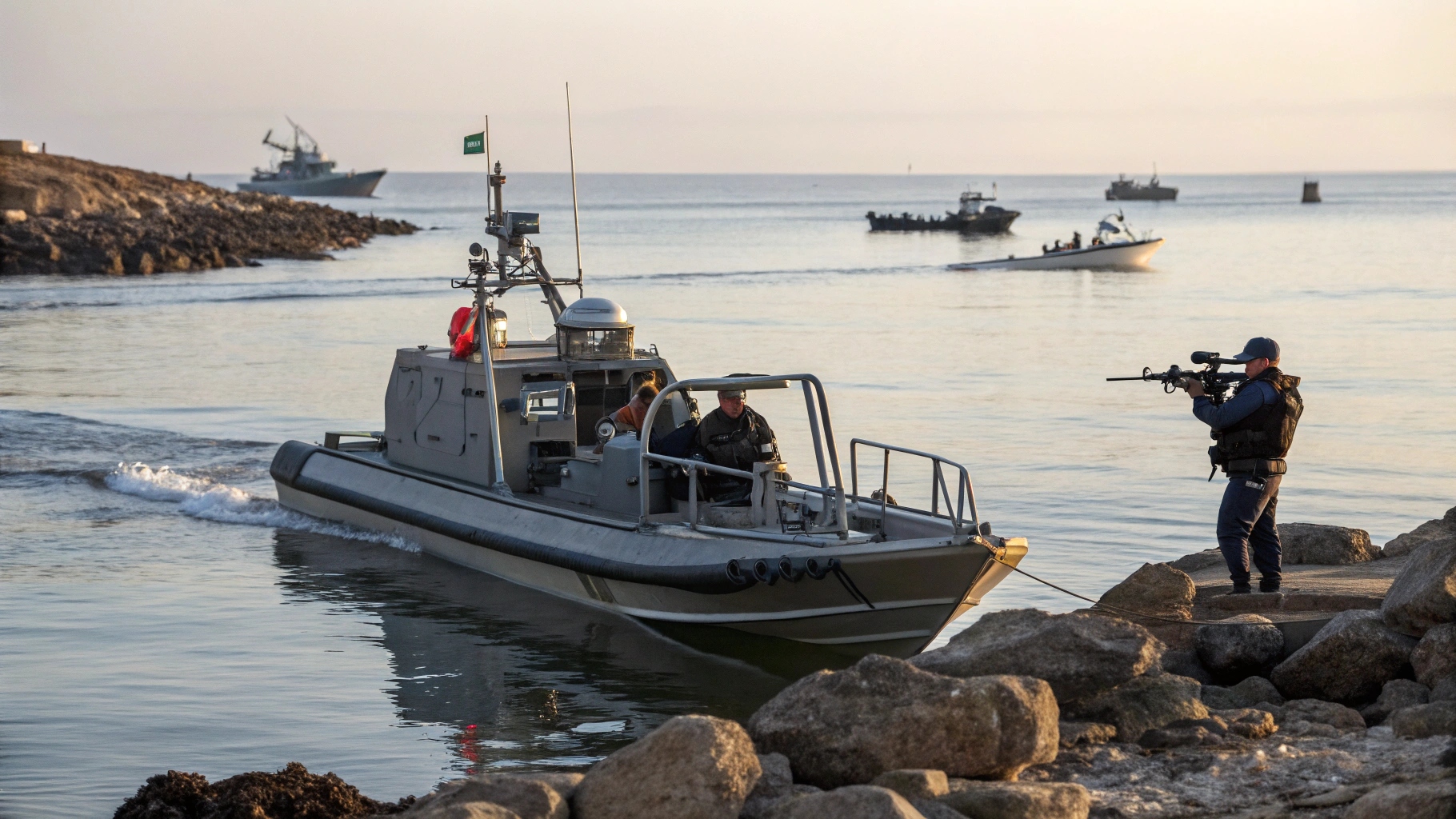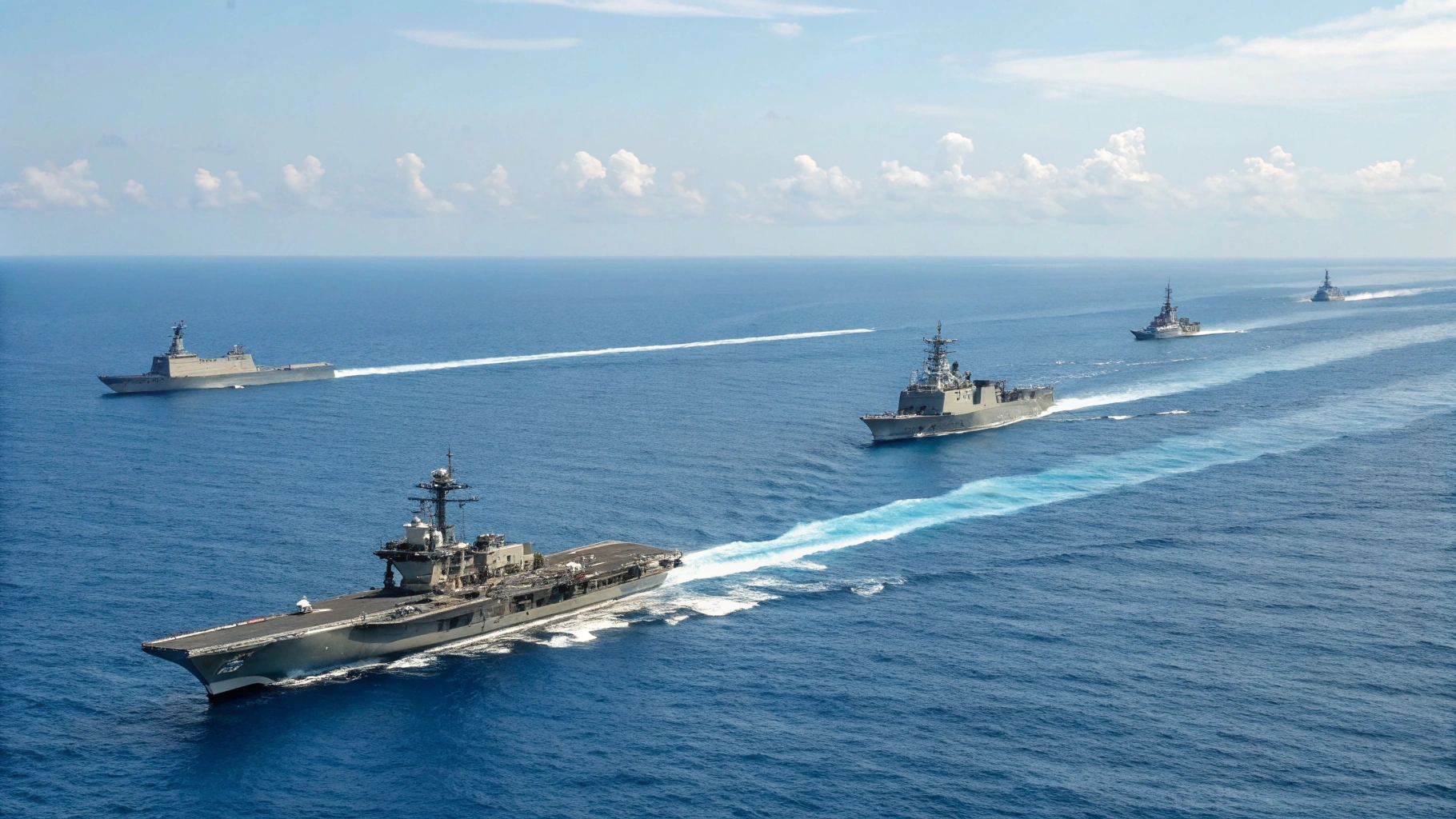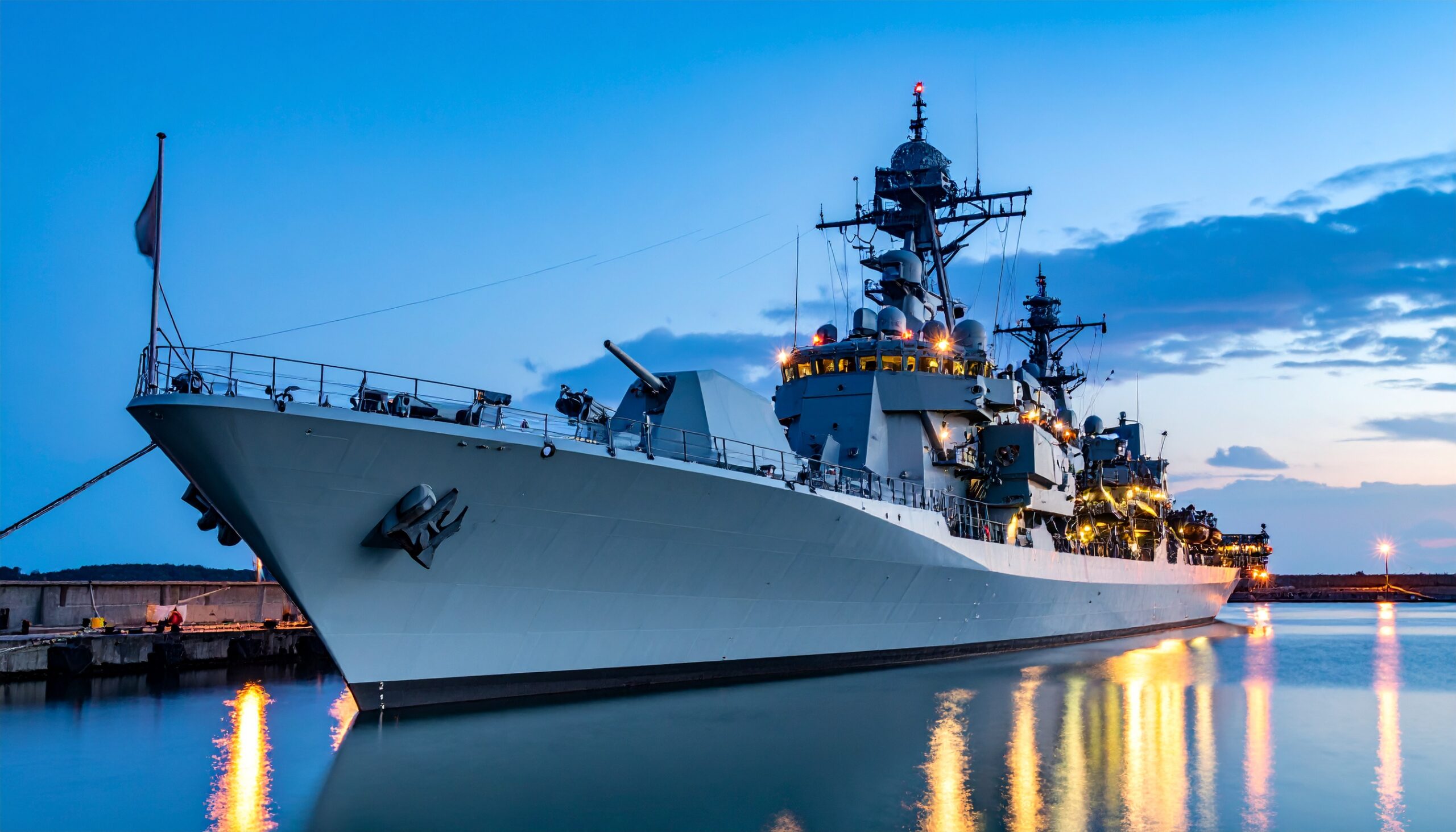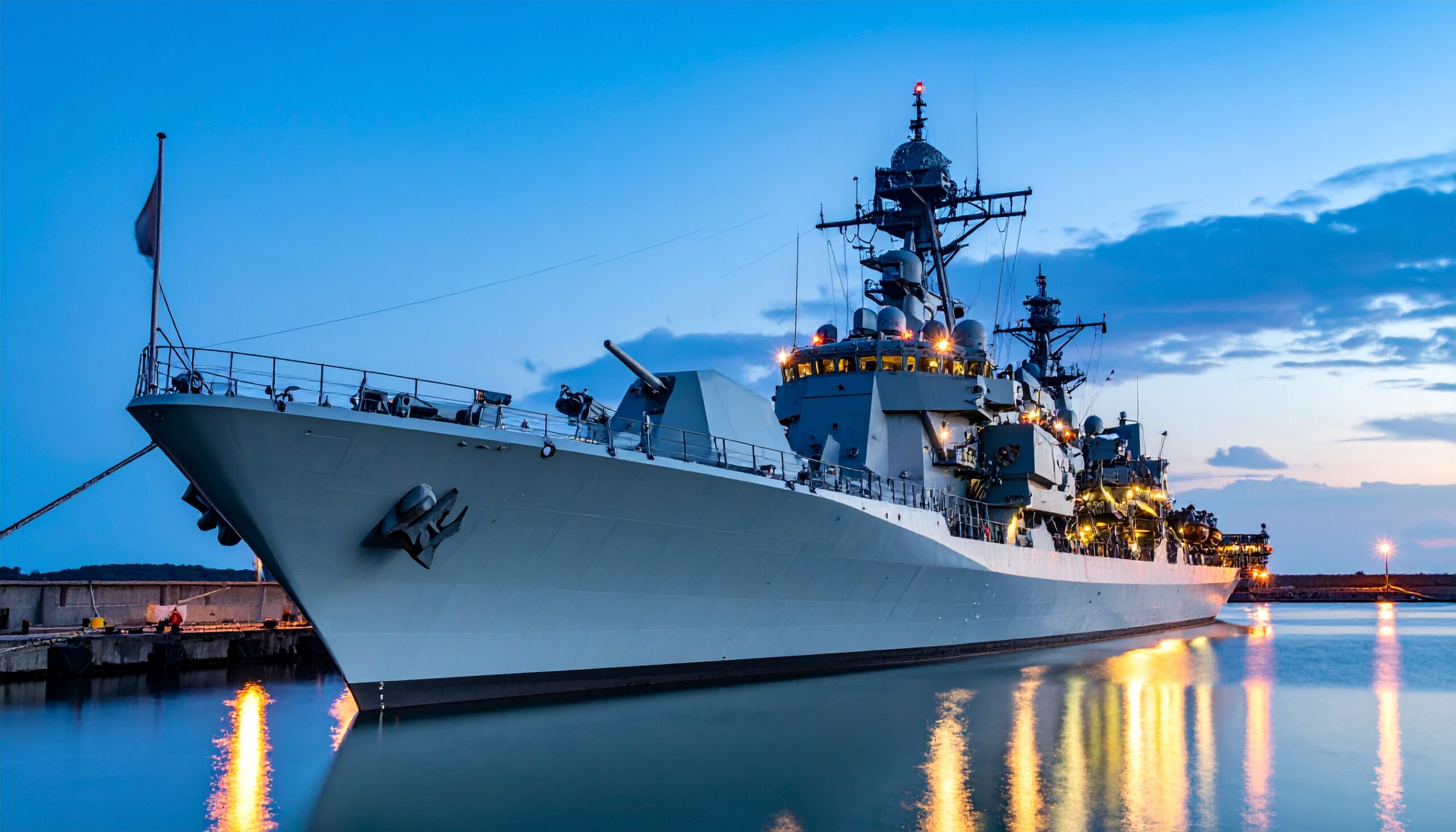
The United States Navy has awarded a $54.7 million contract to Rolls-Royce, tasking the company with supplying MT7 turboshaft engines for its Landing Craft Air Cushion (LCAC) 100-class hovercraft, a key component of the Ship to Shore Connector (SSC) program.
As part of the agreement, Rolls-Royce will deliver 12 MT7 engines, along with installation kits and ancillary components, designed to support the Navy’s next-generation hovercraft used in amphibious and logistical operations. All work under the contract will be carried out at Rolls-Royce’s facility in Indianapolis, Indiana, with final deliveries scheduled for June 2029.
The contract follows closely on the heels of another procurement move by the Navy, which recently awarded Textron Systems a deal to build three more LCAC 100-class craft, adding to a broader order of up to 73 vessels initiated in August 2023. These steps mark continued progress in phasing out the Navy’s older LCAC fleet with more modern, robust, and versatile platforms.
Each LCAC 100 is powered by four MT7 marine gas turbine engines, which are based on the Rolls-Royce T406—the same engine used in the Bell Boeing V-22 Osprey tiltrotor aircraft. The MT7 provides a power output of 4.6 megawatts (or approximately 6,160 shaft horsepower) per engine, enabling hovercraft to cruise at speeds of around 35 knots (40 mph/65 kmph) over water and varied terrain.
With a payload capacity of 75 tons, the LCAC 100-class craft support a broad range of missions—from amphibious assault operations to disaster relief and humanitarian assistance, providing flexible ship-to-shore transport capabilities for the Navy and Marine Corps in both combat and crisis response scenarios.


